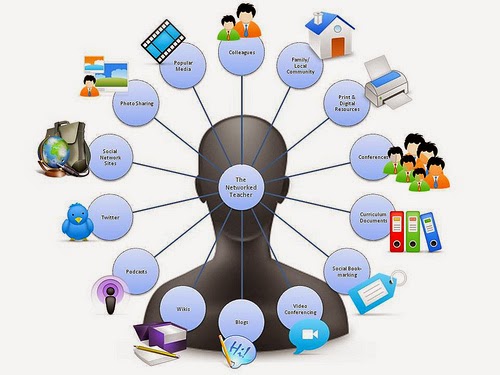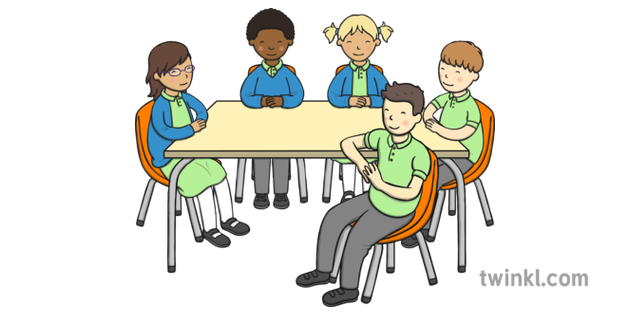An Italian elementary or nursery school requires various teaching tools to facilitate the development and learning of their students. A few examples of the types of things you could require are textbooks and workbooks They are essential for core subjects like Italian math, science, math and social studies.
Craft and art materials They include paint, brushes, crayons markers, as well as other tools students can make use of for their creative projects.
Manipulatives - Blocks, games and puzzles are great ways to build critical thinking skills and problem solving.
Technology for education Computers and tablets can be utilized as a tool to improve the learning process and provide additional tools for students.
Visual aids such as posters charts, maps, charts and many others can aid students understand and remember important concepts.
Books: A wide selection of books with a suitable age for Italian can help encourage reading of Italian and the development of language.
Musical Instruments Use of musical instruments like xylophones, xylophones, and tambourines can help teach rhythm and music appreciation.
Safety materials are essential to the well-being and safety of staff and students. This includes posters that contain fire extinguishers as well as emergency procedures.
Equipment for sports like balls, cones, and other equipment can be used for physical education classes and playing outside.
Overall, Italian primary and nursery schools will require a diverse range of teaching materials to provide a stimulating and engaging learning environment for their students. Take a look at the top rated sostegno infanzia for more advice.

What Maths Teaching Materials And Educational Aids Are Recommended For Italian Nurseries?
Educational aids and materials which teach mathematics can aid children improve their spatial and problem-solving abilities. Here are a few examples of recommended materials for counting manipulatives counting manipulatives like counting bears, blocks, and beads are a great way for children to improve their counting skills as well as their fine motor skills and hand-eye coordination.
Charts and numbers Charts and numbers are a great way to introduce children to counting and numbers. These could be large, vibrant cards or even larger numbers for the wall.
Shape manipulatives. Children can learn about different shapes by using shape manipulatives. These comprise wooden puzzles, pattern blocks and magnetic tiles.
Measuring tools: Measuring tools such as rulers, tapes for measuring, and scales can help children understand measurement and compares and help build their mathematical vocabulary.
Simple games and puzzles: Simple games and puzzles like dominoes and matching games and jigsaw puzzles are a great way to aid children in developing their problem-solving abilities, as well as their focus and attention to detail.
Technology-based aids: Technology-based aids such as tablets with math-related apps and games are able to entertain children and provide additional resources to learn.
It is crucial to utilize the material according to its development stage and to ensure that they are safe and suitable for young kids. These tools are ideal for teachers and caregivers who are looking to develop engaging and fun math games that encourage children's curiosity. See the recommended schede didattiche matematica for website info.

What Materials And Resources Are Required In Italian Kindergartens For Teaching Science?
Science teaching material support can be useful in Italian nurseries, helping children to explore and understand the world around them. Here are examples of what science materials support may be required. Curriculum and lesson planning A well-designed curriculum and lesson planning which incorporates scientific concepts will help children learn about a wide range of scientific concepts and skills.
Manipulatives and visual aids Magnifying glasses, nature specimens and simple science experiment kits, and visual aids such as charts and posters can aid students learn about scientific concepts in a the hands-on, visual way.
Videos and books. Books and videos that are based on topics like weather, animals, plants, and space, could offer children more resources and help them learn.
Outdoor learning spaces: Learning spaces such as gardens and playgrounds can provide opportunities for children to explore and discover the natural world around them.
Parental involvement: Involving parents in science learning can help reinforce the concepts learned in the nursery and increase participation of the family in learning.
Assessment Tools: Assessment tools can be helpful for caregivers and teachers to monitor children's growth and determine areas in which more support is required.
It is vital that the materials used in teaching science are age-appropriate and suitable for children of all ages. These materials are perfect for teachers and parents to develop fun, engaging science projects that encourage children's enthusiasm for learning and curiosity. Have a look at the recommended materiale didattico scienze sostegno for blog examples.

What Are The Materials Needed To Teach Geography In Italian Nursery Schools?
Italian nurseries employ geography-related resources to help children understand diverse cultures, different environments and nations. These are some examples for geography materials that could be required such as maps. They can assist students learn about the geography and geography of various regions and nations and also the place of natural landmarks.
Globes Help children perceive the earth's surface as well as learn about the various oceans and continents.
Pictures and video Pictures and videos diverse locations across the globe can help children appreciate the different cultures and help them appreciate them.
Books: Books for children of a certain age that feature various cultures and places will encourage children to become interested in geography.
Natural materials: Natural materials like shells, rocks and plants are a great way to help children understand different environments and ecosystems.
Field trips. Field trips can be an ideal way to provide your children with real-world experiences as well as a chance to introduce them to geography.
It is vital to choose geography materials that are culturally and age-appropriate. These materials will help teachers and parents design exciting and enjoyable geography lessons for children that encourage their curiosity and enthusiasm for discovering more about the world.
